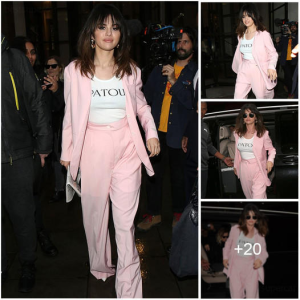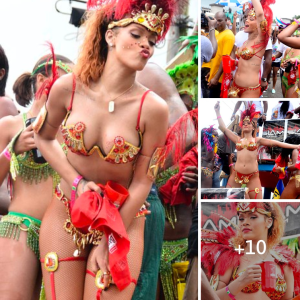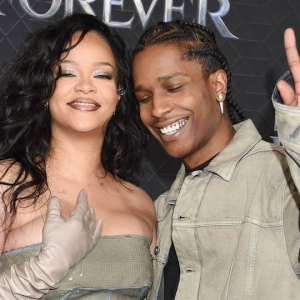In a world filled with diversity, one particular photo has captured the attention of people all over the world. The image shows a boy whose skin has been described as “the darkest in the world”. This captivating photo sparked conversations about beauty, identity, and the power of representation. In this article, we’ll dive into the story behind this remarkable image, exploring its significance and the broader meaning it holds.

Representation plays an important role in shaping social perceptions and norms. For a long time, beauty standards were narrowly defined, favoring certain skin colors and characteristics over others. This photo of the ‘world’s blackest’ boy challenges these norms, shedding light on the diverse beauty found across the globe. It serves as a reminder that each individual deserves to be seen, celebrated and included in the story of what is considered beautiful.

The photo also raises questions about identity and how we see ourselves and others. It reminds us to think about the importance we attach to our physical appearance and how it intersects with our sense of self. The ‘blackest boy in the world’ challenges stereotypes, invites us to expand our understanding of identity beyond external characteristics. It reminds us that identity is a multifaceted concept, encompassing culture, experiences, beliefs and aspirations.

Colorism, a form of discrimination based on skin color, is a deeply ingrained problem in many societies. The image of the ‘blackest boy in the world’ confronts this problem head-on. By showing the beauty and richness of his dark skin tone, the photo challenges the biases and prejudices associated with colorism. It has become a powerful tool in the fight for inclusion and equality, urging us to embrace and celebrate every shade of skin.
This remarkable image has sparked a global conversation and fostered a sense of solidarity among people from different backgrounds. It has become a symbol of pride and strength for individuals who have long felt marginalized or belittled due to their appearance. Through social media and other platforms, the photo has reached millions, inspiring discussion and encouraging a re-evaluation of beauty standards.

Perhaps the most significant impact of this image lies in its ability to reshape the way future generations see themselves and others. By challenging social norms, the ‘blackest man in the world’ brings a new perspective on beauty and identity. Young individuals who find themselves represented in this image can find inspiration, confidence and a sense of belonging. They can grow up with a broader understanding of beauty to celebrate diversity and promote a more inclusive and accepting society.

The captivating image of the ‘blackest man in the world’ transcends the boundaries of traditional beauty standards. It challenges our stereotypes, celebrates diversity, and empowers individuals around the world. Through its powerful message, the photo encourages us to question our biases, embrace our identities, and appreciate the beauty that exists in every nuance. As we continue to strive for a more inclusive world, this image serves as a constant reminder of the power of representation and the importance of celebrating the unique qualities that make us who we are. we.




